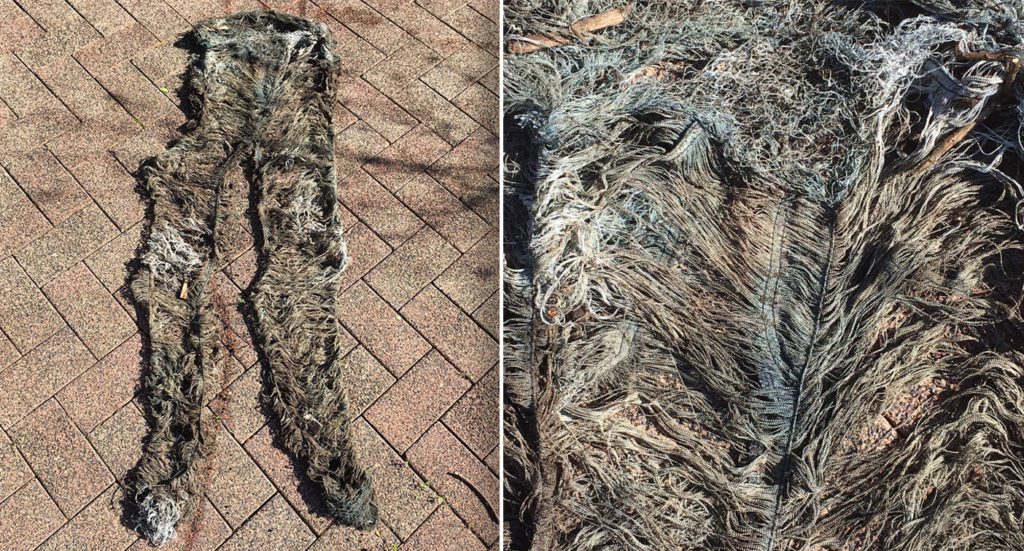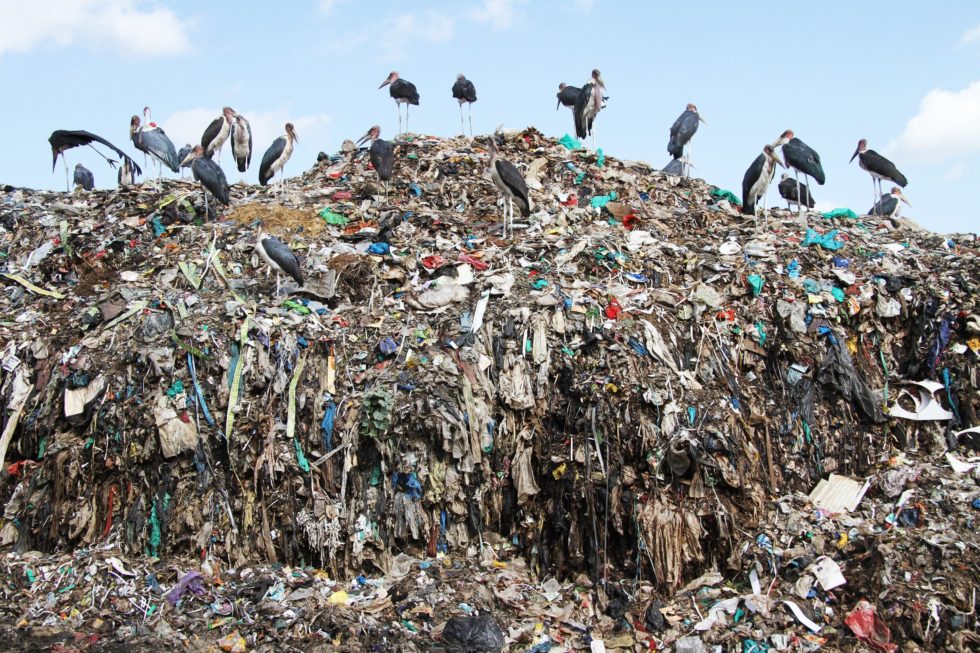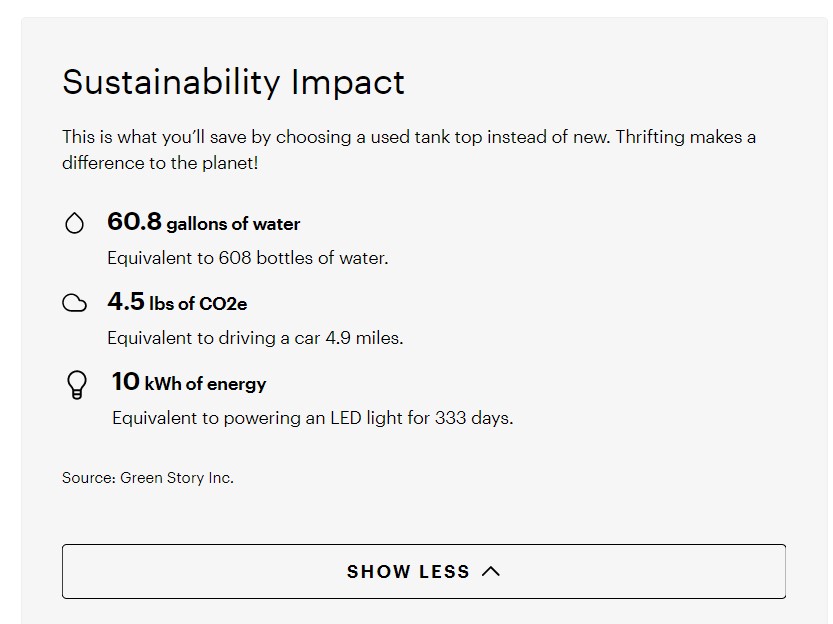You can learn a lot about a society by way of its fashion.


What, then, do these photos say? And how did we get here?
One could highlight cotton’s role in the Industrial Revolution. The same would point out fashion’s role in industrializing countries, driving economic growth and development and leading to the mass expansion of the fashion industry.
However, society, now, sits at a crossroads as “the production of polyester textiles alone emits about 706 million tons of greenhouse gases a year, and hundreds of gallons of water go into making a cotton garment.” Digging into fast fashion’s history reveals precisely how we’ve arrived right here.
Connecting the dots isn’t difficult. The current supply chain, the linear “take-make-dispose” system, depends on outsourced labor and manufacturing because it’s cheaper and less regulated, and it allows for mass production, meeting consumer demand yet destroying the planet.
Fashion’s role in collective circularity, is then, two-fold. Both brands and consumers must take responsibility.
An Appetite for Fast-Fashion
It isn’t entirely our fault for wanting those trendy pair of jeans or that cute fall sweater. Fashion is a form of expressing our truth, our stories, but it’s also an industry – an industry which lives and breathes consumer demand. It’s capitalizing on our self-expressions, our anxieties, and our desires. And we allow this.
As Michael Solomon, a consumer behavior expert, told Vox, “It’s not just about clothing, it’s about a disposable society.” Fast fashion is a breeding ground for waste. Consumers don’t see what happens behind the clothing they purchase from stores, such as H&M and Zara. Fast fashion is fast because its meant to be disposed of as the seasons, trends, and demands change.
Consequently, the dress, or suit, you purchased for a special occasion, or those ‘never-again’ heels or slip-ons end up in the back of your closet. Until you rediscover them. Then what? You could try to return them, but chances are they’ll be landfilled. You could certainly donate them, but where you donate matters, too, because 84 percent of donated clothing, yep, landfilled.
The solution, then, in eliminating fashion waste from landfills and creating a circular system, must come from both fashion’s brands and consumers, collectively.
Sustainable Fashion Satiates
According to Green Strategy:
“More sustainable fashion can be defined as clothing, shoes and accessories that are manufactured, marketed and used in the most sustainable manner possible, taking into account both environmental and socio-economic aspects.”
They add:
“In practice, this implies continuous work to improve all stages of the product’s life cycle, from design, raw material production, manufacturing, transport, storage, marketing and final sale, to use, reuse, repair, remake and recycling of the product and its components.”
Sure, there’s a lot to consider when transforming the fashion industry from fast to sustainable. But it is possible with collectivity. When brands and consumers work in tandem, a natural circular loop forms. Each role, though, does carry its own responsibilities in the grander scheme that is fashion’s role in collective circularity.
Brands’ Responsibility
Rental services, thrifting, resale and secondhand programs, which are increasing in popularity, drive circular fashion because consumers are encouraged to participate in the loop.
Brands, then, are responsible, for not only transforming the system, by implementing sustainable policies and practices across their supply chains, but for encouraging further participation and education.
For example, thredUp, an e-commerce shop offering secondhand styles, provides sustainability stats on each piece of clothing. This contrasts the impact of secondhand fashion with that of fast fashion on the environment.
Thus, consumers shopping with thredUP can see the impact their decisions have on improving the climate, increasing awareness, education, and participation and creating an organic circular loop.
Consumer Responsibility
But let’s be honest, change is difficult. We’ve consumed fashion the same way for so long. Well, changing our purchasing habits doesn’t have to be expensive or extensive. And don’t let quantity confuse quality. Those ‘buy-one-get-one-free’ or ‘half-off’ deals are meant to drive you mad with desire. FOMO, or the fear of missing out, is still a real psychological problem; remember, fast fashion is an industry existing because of FOMO and a disposable culture.
Thrifting, secondhand and resale programs, can offer the same shopping experiences as fast fashion without the waste and anxiety. And of course, there are stigmas associated with thrifting or secondhand clothing, but they’re simply that – misunderstandings. Education is free.
So, decide today to be proactive in your choices. Fast fashion’s messages can only tell so much of the story before it must change to fit a new narrative. We’re writing said narrative right now. Sustainable fashion just became the main character.
Fashion’s Role in Collective Circularity
Fashion, better yet the fashion industry, plays an integral role in collective circularity because it defines our culture. Textiles drove economic growth, lending to prosperity and development; however, we must course correct the current path, for our stories currently tell of a wasteful society. Our legacies left behind are that of a society confused about what we deserve.
But when all hope seems lost, brands such as For Days, a “closed-loop clothing company” come through with a circular message and system which may be holistically applied to the industry. For Days not only offers a SWAP program where consumers may return any piece of clothing they desire for whatever reason, but For Days operates sustainably, from upcycling returned clothing where applicable to shipping with reusable packaging.
Brands such as these – For Days, thredUP, DePop, and Rent the Runway – pioneer collective circularity by engaging with the sustainability conversation while encouraging consumers to do the same. Brands and consumers can, collectively, change the narrative from wasteful to waste-free by way of the fashion industry.
Let’s make our style sustainable, and our story circular. If not for us, then for future generations.




